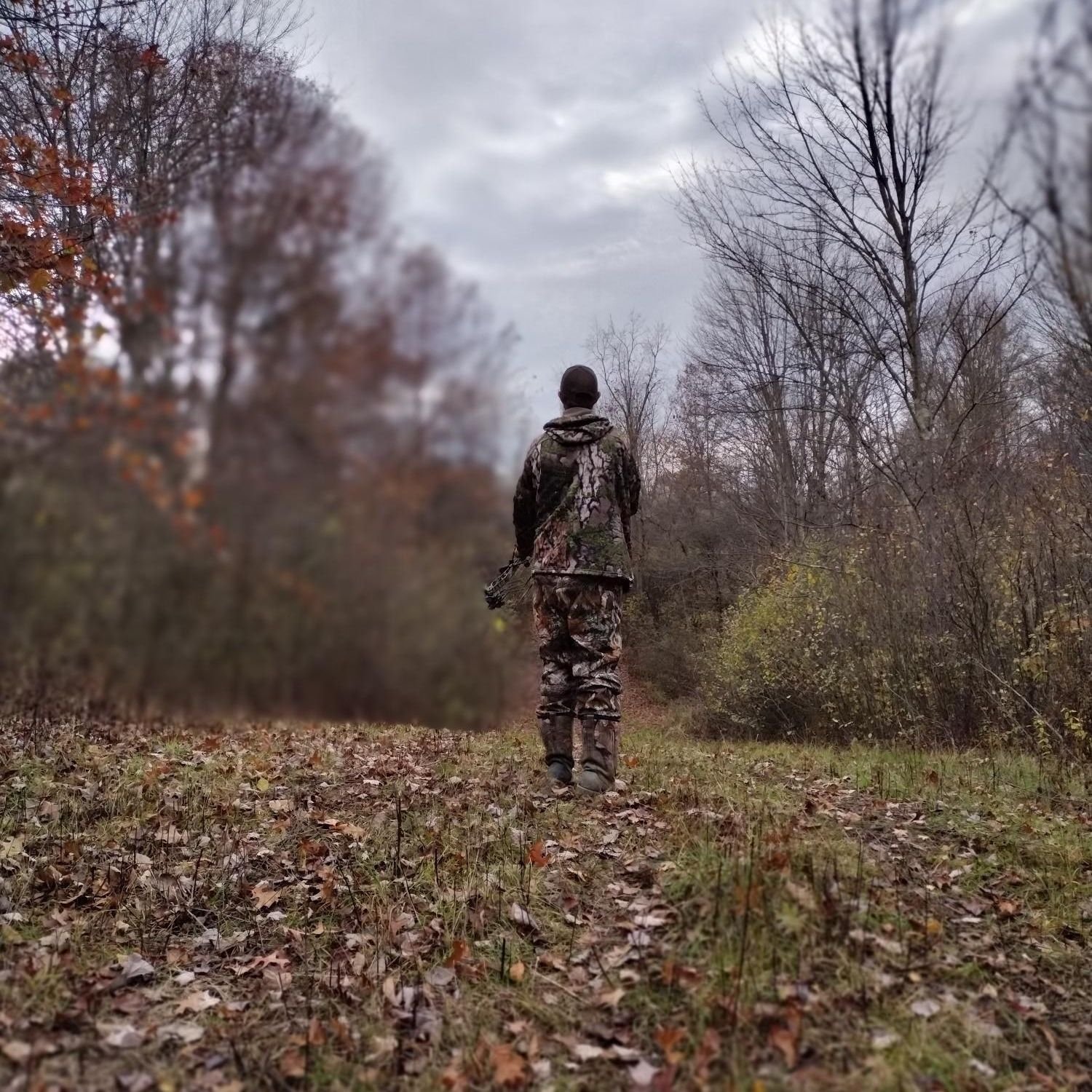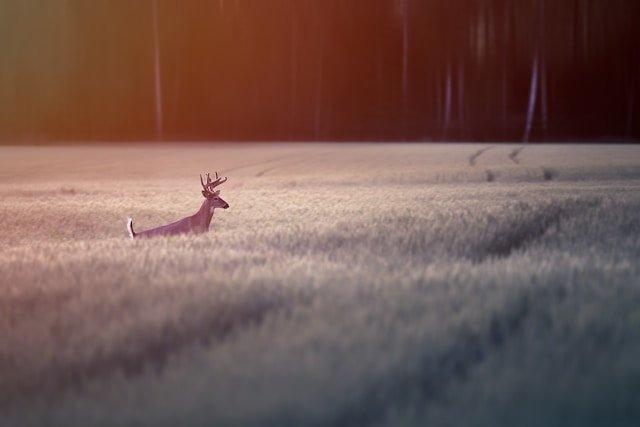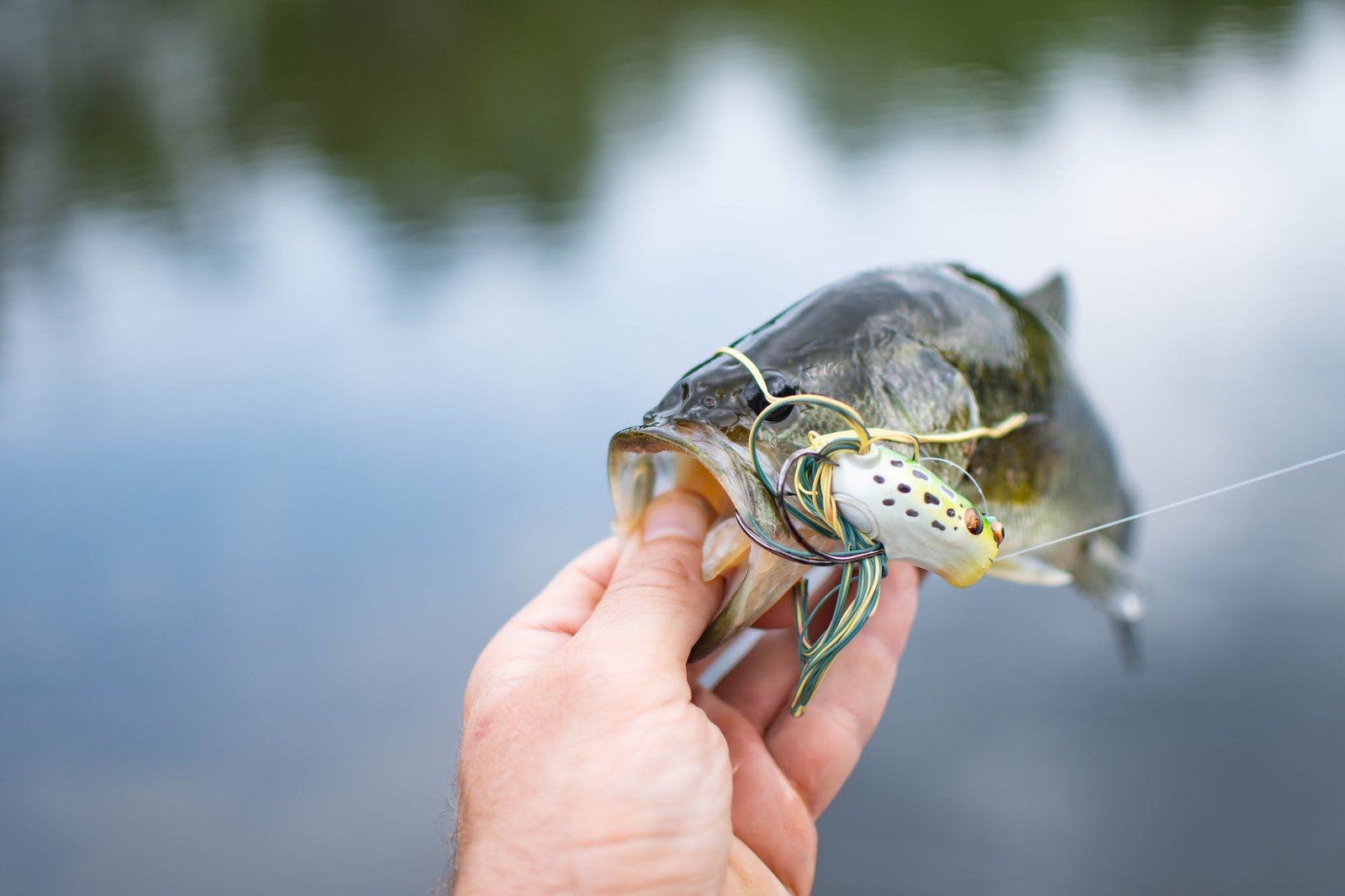Your cart is currently empty!

Excellent Scouting Techniques To Locate Prime Hunting Spots


Are you a hunter looking to up your game? Finding the best hunting spot can be a challenging yet rewarding experience. Whether you are a beginner or an experienced hunter, scouting techniques are essential for locating that best hunting spots. Once you understand the techniques and knowing how and when to apply them, you can increase your chances of a successful hunt.
Today, we are diving into different scouting techniques that can help you identify better hunting spots in order to maximize success.
Traditional Scouting Methods: Observing and Tracking
Traditional scouting methods are tried and true techniques that have been used by hunters for generations. If I’ve learned anything in my years on this planet it’s to master the traditional methods before you start using technology. The old methods may take longer but they will always be there. So learn them and pass them down to the next generation because these methods should not get lost in the age of technology.
Observation
One of the most effective traditional methods is observing animal behavior. By spending time in the field and paying attention to how animals move and interact, you can gain valuable insights into their patterns and preferred habitats.
The more time you spend observing, the more you will grow as a hunter. A good pair of binoculars will come in handy when observing animal movements. Having more than one pair typically is the best way to go. I personally keep one pair in my car and one in my hunting bag. A lightweight and portable pair in my bag, and a little more heavy duty pair in my car.
You will want to spend a few hours typically near sunrise and sunset observing animal behavior. Whatever time you plan on being in the area, that is when you want to be out observing the area.
If you are not seeing anything in one area, move. That is the beauty of the off-season, you can perfect your techniques and find new places. Just make sure you have taken the time to fully observe an area before you move on.
So slow down and take in your settings. Being out in nature, observing the surroundings can teach more than any trail camera ever can. Too often in today’s world we rush through everything. When you are observing nature you most certainly want to slow down and take it all in.
Look for signs such as last seasons scrapes, maybe some sheds laying around, is there ample food supply to last all winter, can coverage be found, possible bedding spots, other animal sighting, and foot prints. If you’ve found one or more of these then why not have a sit in the ground or in a tree and relax and watch the area for an hour or more.
Tracking
Tracking, is another crucial aspect of traditional scouting. Pay close attention to tracks, droppings, and other signs left by animals. This can give you clues about their presence and activity in the area. Understanding how to read and interpret these signs can lead you to a prime hunting spot.
Tracking in traditional scouting involves a keen eye and a patient demeanor. You must meticulously observe each track, droppings, and any other subtle signs left behind by animals. Each footprint tells a story, revealing the size, species, and direction of travel. By analyzing the depth of imprints and the freshness of marks, you can estimate the time since the animal passed through the area. Droppings offer further insights, indicating the animal’s diet and its proximity to the scouting location. This attention to detail allows you to piece together the puzzle of the animals movements and behaviors.
When interpreting these signs we can for a better understanding of the animal. Hunters must consider the time of day, weather conditions, and seasonal factors that may have influence the animals behavior. Fresh tracks leading towards a water source might suggest recent activity, while older signs near a feeding ground could indicate a habitual route. By connecting the dots between various clues, you can create a map of the animal’s movements within the scouting area. This knowledge becomes invaluable when selecting your hunting spots.
Now, I am not staying walk around the woods with a magnifying glass and flashlight like my toddler, but I am staying pay close attention to where you are stepping, what’s around you and attempt to envision what the animal may have done that day, week, or month.
Write it down!!! We tall want to think we are sharp as a tack, but I know better. Personally I can’t remember what I had for dinner last week, let alone 5 months or even 1 year ago. (This is where that Hunting Log come into play).
Both of these traditional scouting methods require patience, observation, and a keen eye for detail. By honing these skills and incorporating them into your hunting routine, you will gain an edge in locating prime hunting spots.
Up next: we explore some modern scouting techniques.
Utilizing technology: GPS and mapping tools for an efficient scout
In today’s digital age, technology has revolutionized the way we scout hunting spots. One of the most useful tools that hunters can utilize is GPS (Global Positioning System).
By using a GPS device or a smartphone with GPS capabilities, you can accurately mark and navigate your way through hunting areas. This not only helps you keep track of your location but also allows you to map out potential hotspots and identify new areas to explore.
Along with basic GPS, there are several mapping tools specifically designed for hunting. These tools provide detailed topographic maps, satellite imagery, and even customizable overlays that can highlight specific features such as water sources or dense cover. By taking advantage of these resources, you can gain a comprehensive understanding of the terrain, identify potential travel routes for game, and discover hidden pockets of prime hunting spots.
By incorporating technology into your scouting routine, you can save time and energy, ultimately increasing your chances of success in locating prime hunting spots. In the next section, we will delve into the use of trail cameras and their significance in modern scouting techniques. Stay tuned!

Learning from experienced hunters: Networking and seeking advice from seasoned hunters
While technology has undoubtedly revolutionized scouting techniques, it’s important not to overlook the value of learning from experienced hunters. Networking with seasoned hunters can provide you with invaluable knowledge and insights that no amount of technology can replicate.
One of the best ways to connect with experienced hunters is through local hunting clubs or organizations. These groups often hold meetings, seminars, or workshops where hunters gather to exchange information and share their experiences. Attending these events can expose you to a wealth of knowledge and allow you to form connections with hunters who have been in the field for years.
In addition to joining hunting clubs, another way to seek advice is by connecting with hunters through online forums or social media groups. These platforms provide a convenient way to ask questions, share tips, and gain insights from hunters across the globe. It’s important to approach these platforms with an open mind and a willingness to learn from others’ experiences.
Remember, hunting is not just about the tools you use but also about the knowledge and wisdom that can be passed down from one generation of hunters to the next. By seeking advice from experienced hunters, you can gain valuable insights and techniques that can elevate your scouting abilities and help you locate prime hunting spots.
Using trail cameras: Capturing valuable information about wildlife movement patterns
Using trail cameras is another effective scouting technique that can greatly assist you in locating prime hunting spots. These cameras, also known as game cameras or scouting cameras, are designed to capture images or videos of game animals in their natural habitats. By strategically placing these cameras in potential hunting areas, you can gain valuable insights into wildlife movement patterns, which can help you identify high-traffic areas and determine the best locations for setting up your stands or blinds.
When using trail cameras, it’s important to consider several factors. Firstly, select cameras that offer high resolution and fast trigger speed to ensure clear and accurate images. Secondly, choose the right placement for your cameras based on factors such as food sources, water access, and natural funnels or bottlenecks that animals may use for travel.
Regularly checking and analyzing the images captured by these cameras can provide you with critical information, such as the size and sex of the animals, time of day or night they are most active, and their preferred travel routes. This data can guide your scouting efforts and increase your chances of locating prime hunting spots. However, remember to respect wildlife and always follow local regulations when utilizing trail cameras. Happy scouting!

Locating natural food sources: Identifying areas with abundant food for target animals
One of the key elements in locating prime hunting spots is identifying areas with abundant food sources for your target animals. Understanding their natural food preferences and finding where they feed can significantly increase your chances of success.
Start by researching the specific food requirements of the game you are targeting. Different animals have distinct diets, and knowing what they typically feed on will help you narrow down potential hunting areas. For example, deer are known to feed on acorns, browse, and agricultural crops, while turkeys often forage for seeds, fruits, and insects.
Look for signs of feeding activity, such as tracks, droppings, or stripped bark. These indicators can lead you to areas where game animals are actively feeding. Pay attention to a variety of food sources, including natural browse, agricultural fields, orchards, or food plots. Keep in mind that certain food sources may be specific to certain times of the year, so be aware of seasonal patterns.
By locating areas with abundant food for your target animals, you can increase your chances of finding prime hunting spots where they will frequently visit. In the next section, we will discuss another essential scouting technique: analyzing topographic maps to identify potential travel routes. Stay tuned!
Understanding land features: Recognizing terrain and vegetation that attract game
Understanding land features is another important scouting technique that can help you locate prime hunting spots. Recognizing terrain and vegetation that attract game is crucial in determining where animals are likely to be present.
Start by studying topographic maps of the area you plan to hunt. Look for features such as ridges, saddles, and valleys that are known to attract game animals. These landforms not only provide cover for animals but also serve as travel corridors between feeding and bedding areas.
Additionally, pay attention to different types of vegetation present in the area. Animals rely on specific types of vegetation for food and cover. For example, deer are often found near edges where different types of vegetation, such as open fields and dense forests, meet.
By understanding the land features that attract game, you can strategically position yourself in hunting areas with high potential for success. In the next section, we will discuss the importance of scouting during different times of the year. Stay tuned for more valuable tips!

The importance of scouting all year round: Constantly assessing and updating your hunting spots
The importance of scouting all year round cannot be underestimated when it comes to locating prime hunting spots. While studying maps and identifying land features is a good starting point, it is crucial to recognize the ever-changing patterns of wildlife behavior and movement throughout the seasons.
Scouting during different times of the year allows you to assess and update your hunting spots based on the changing needs of the animals. For example, during the hunting season, animals may shift their focus from feeding areas to bedding areas, requiring you to adjust your hunting strategy accordingly.
Furthermore, scouting throughout the year gives you the opportunity to observe the natural cycles of game animals, such as their breeding and migration patterns. This knowledge can help you anticipate their movements and target specific areas to increase your chances of success.
In the neat blog, we will delve into specific scouting techniques for each season and explore how understanding these seasonal patterns can significantly enhance your hunting experience. Keep reading!
Conclusion: The rewards of effective scouting and finding prime hunting spots
Effective scouting is the key to finding prime hunting spots and maximizing your chances of success. By studying maps, understanding land features, and recognizing the ever-changing patterns of wildlife behavior, you can continually update and adjust your hunting strategy.
Scouting throughout the year allows you to assess the changing needs of animals and adapt accordingly. By observing the natural cycles of game animals, such as their breeding and migration patterns, you can anticipate their movements and target specific areas.
Stay tuned or join our mailing list as we will be posting more in this topics. Next we will delve into specific scouting techniques for each season. We will explore how understanding these seasonal patterns can help you locate prime hunting spots and significantly enhance your hunting experience. So, join us as we dive deeper into the world of scouting and uncover the secrets of successful hunting!
Get out and Go Hunt Ohio


Get out and Go Hunt Ohio!!
Ready to Take Your Skills to a New Level? Stay Updated with Our Newsletter and Socials!
Are you ready to embark on epic adventures and capture breathtaking moments from new perspectives? Then don’t miss out on the latest updates, tips, and exclusive offers from our outdoor community! Sign up for our newsletter today to receive regular doses of wisdom delivered straight to your inbox.
But wait, there’s more! Connect with us on our social media channels to join the conversation, share your own escapades, and connect with fellow hunting and fishing enthusiasts. Follow us on Instagram, YouTube, and Facebook for glimpses into our world, and content that will take your outdoor skills to the next level.
So, what are you waiting for? Sign up for our newsletter, follow us on socials, and join the adventure-filled journey with our vibrant community today. Together, let’s soar to new heights and capture the world from a perspective that’s truly out of this world!
Check out my MOST RECENT Posts
Check out some items from Walmarts Outdoors Section and help support the page.
by
Tags:




Comments
2 responses to “Excellent Scouting Techniques To Locate Prime Hunting Spots”
Heya i’m for the first time here. I came across this board and I find It truly useful & it helped me
out much. I hope to give something back and help others like you
helped me.
Just want to say your article is as amazing. The clarity in your post is just great and i can assume you are an expert on this subject. Fine with your permission let me to grab your RSS feed to keep up to date with forthcoming post. Thanks a million and please continue the rewarding work.